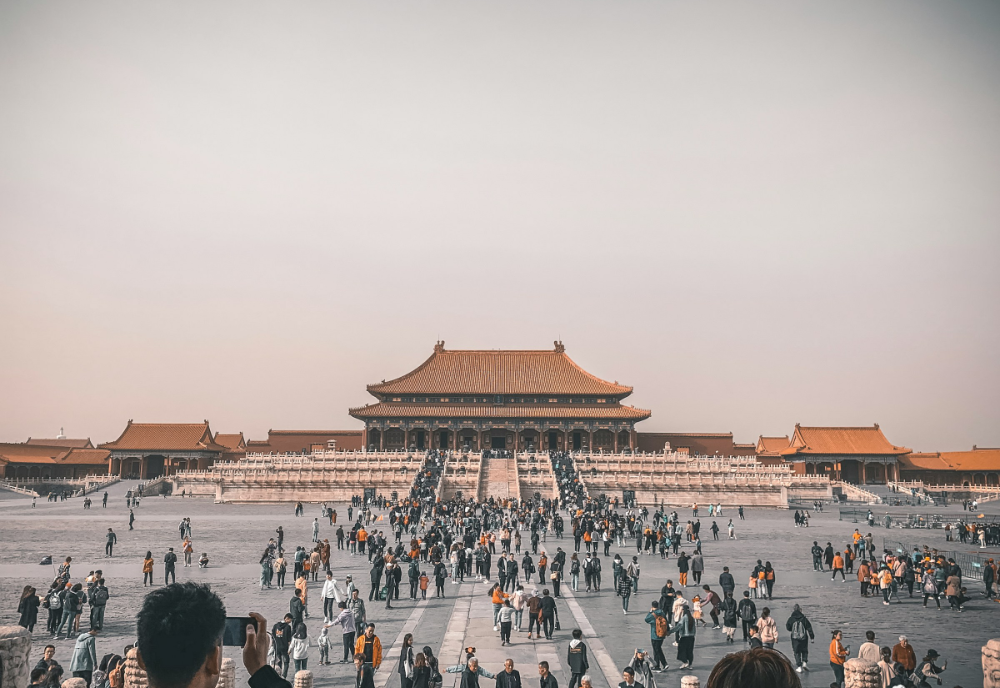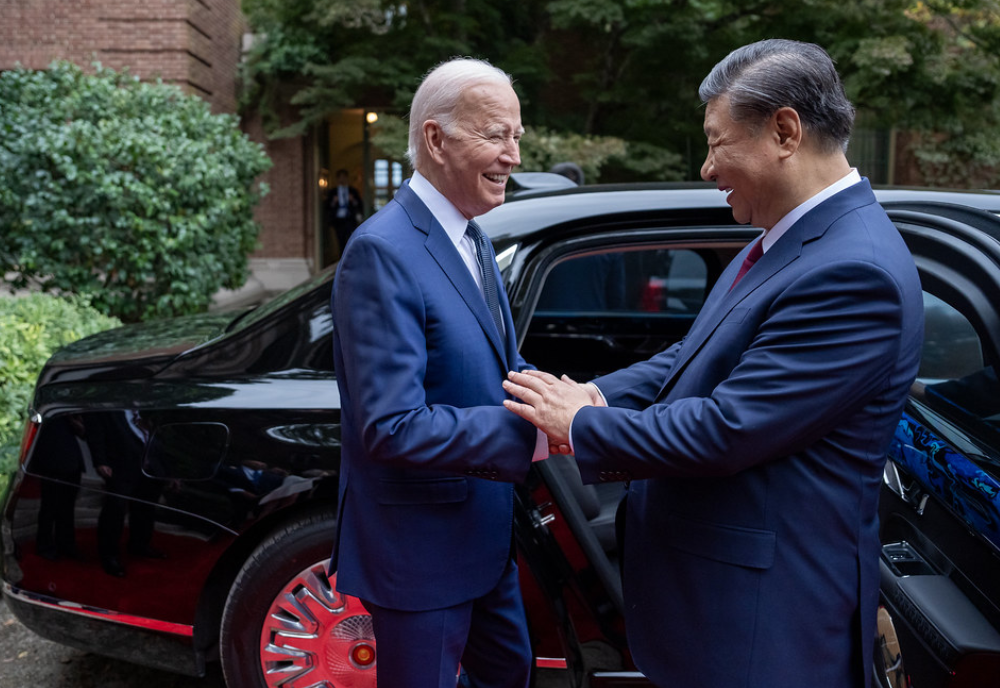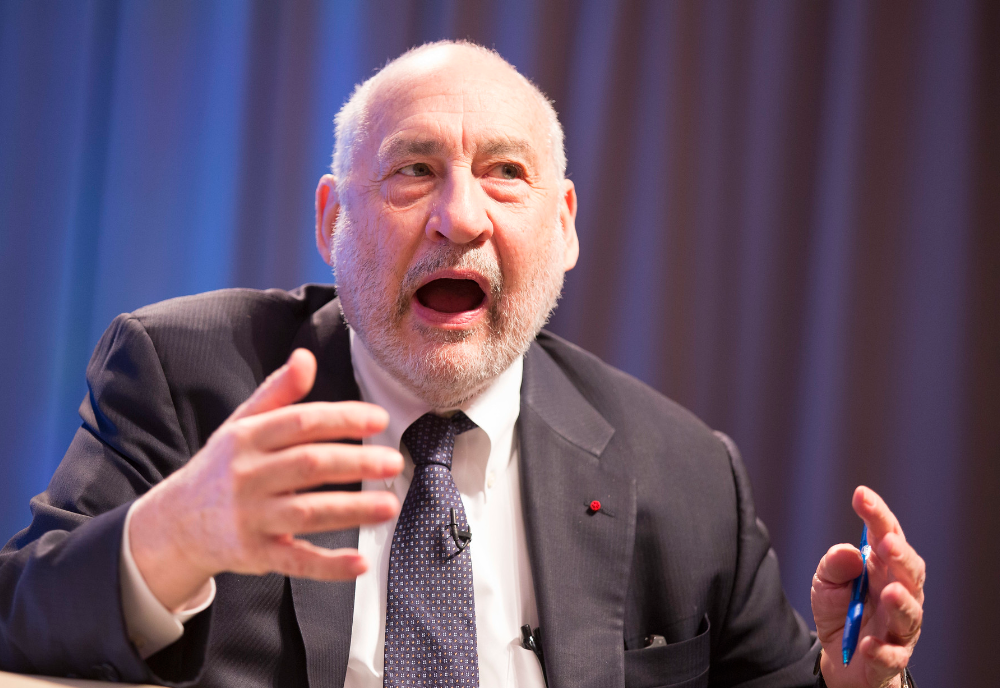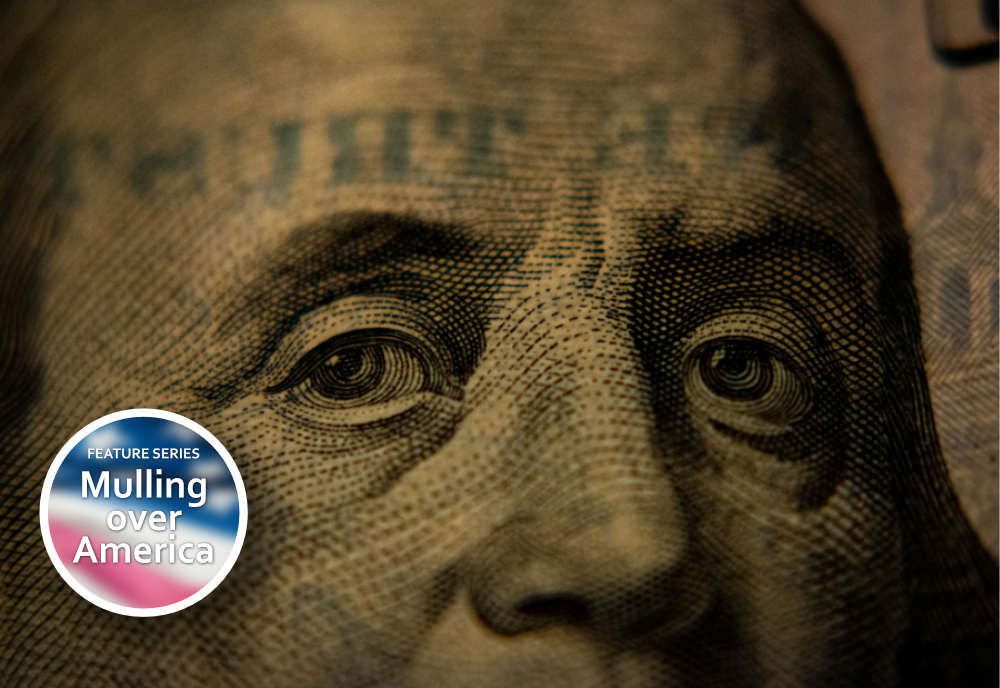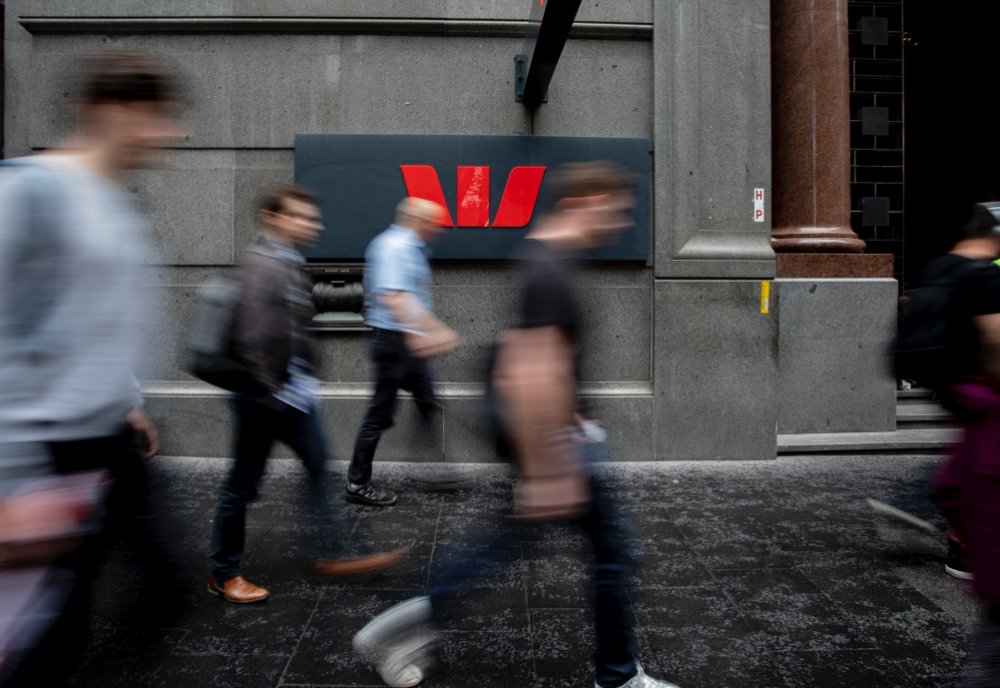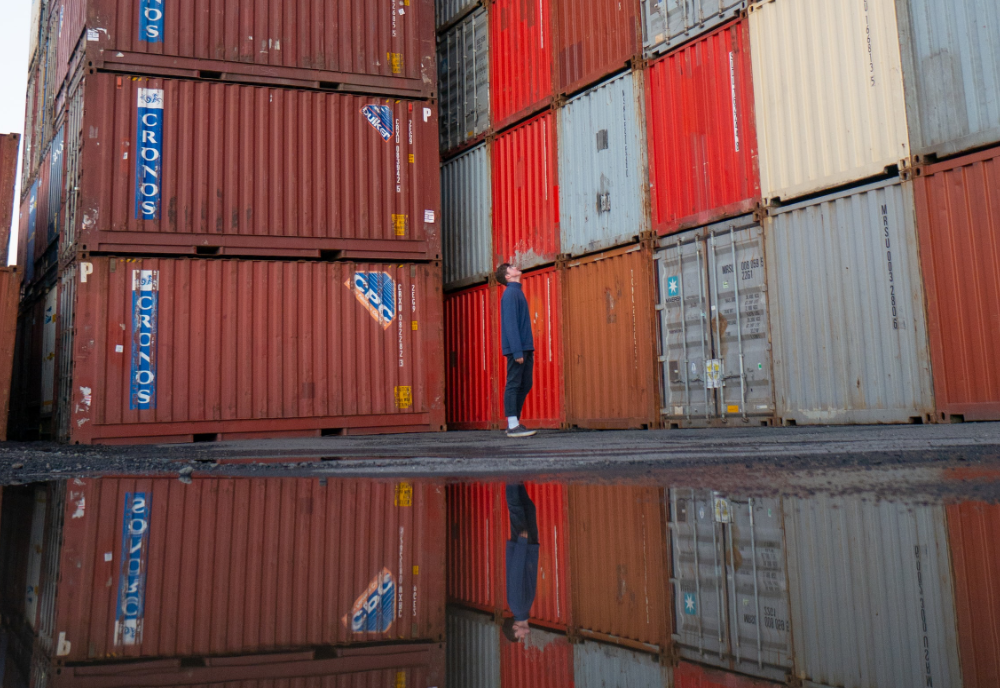In geoeconomic and financial terms, the Earth has begun shifting on its axis. Triggered by the West’s proxy war with Russia in Ukraine, and America’s increasingly aggressive posture towards China, the shape of the world economy is being transformed. It is arguably the biggest repositioning in two centuries.
The world economy is splitting into two parts, reminiscent of the divide between communism and capitalism during the Cold War. Globalised trade, and the disaggregation of large corporations’ production systems around the world, are likely to be reversed, replaced by an era of economic nationalism.
The key turning point was 2022, when the West removed the Russian rouble from SWIFT, the global foreign-exchange platform. This was supposed to bring the Russian economy to its knees, forcing it to withdraw from the conflict. The thinking was that no country could withstand being excluded from using the US dollar or Euro in its international dealings.
That might have been the case with many countries, but not Russia. The country had been the target of US sanctions for decades, forcing it to become largely self-sufficient. It also had low government debt denominated in roubles, meaning it was not exposed to currency risk. Its main exports were oil, gas and diamonds, commodities for which it could easily find non-Western customers.
As a consequence, Russia saw off the removal of access to the foreign-exchange system with ease. It simply asked to be paid in roubles – a demand that the French President Emmanuel Macron ridiculously characterised as “blackmail”.
Two years later the Russian economy is growing at almost 5 per cent per annum, and Europe, which benefited heavily from cheap Russian gas, is in rapid economic and industrial decline. Especially affected is Germany, which has long been the financial linchpin of the European Union.
Historians will end up describing the banning of the rouble as the greatest own goal in modern economic history.
It will not stop there. Russia and China, both realising that the West is moving to cut them off, are expanding the BRICS, an intergovernmental alliance that represents a bigger share of the global economy than the G7.
Originally, it included Brazil, Russia, India, China and South Africa. Saudi Arabia, Iran, Egypt, Ethiopia, and the United Arab Emirates have since been added. Over 40 countries have either expressed interest or are exploring the possibility of joining, including, in our region, Indonesia, Thailand and Malaysia.
Historians will end up describing the banning of the rouble as the greatest own goal in modern economic history.
The biggest impact of BRICS is the economic integration of Eurasia as Russia and China intensify their alliance. That was always the nightmare scenario for the United States – it was why president Richard Nixon went to China to meet Mao in 1972. The aim was to drive a wedge between the two superpowers.
As Zbigniew Brzezinski wrote in The Grand Chessboard, from an American perspective it is essential no countries emerge that will be “capable of dominating Eurasia”. Yet what he feared is exactly what has happened under the Biden administration. The Eurasian landmass will be dominated by the two superpowers, probably with the eventual inclusion of India. Europe looks destined to become a greatly weakened, even irrelevant, peninsula.
Meanwhile, Republican presidential candidate, Donald Trump, is flagging that, should he win, he will ramp up US trade protectionism, especially targeting China. Even if he does not win, China has largely resigned itself to being the target of Western trade barriers and is adapting its policies accordingly. The days in which Americans were China’s “customer of last resort” seem to be over.
A fundamental difference in the approach to international relations is likely to further enhance Russia’s and China’s burgeoning economic power. In the United States, there is a heavy bias towards applying violence of various sorts against other ‘non-compliant’ countries. The predominant reason behind this is the astonishingly large US defence budget of $US1.5 trillion a year, more than double the rest of the world combined. It is also about double what the US Congress spends on non-military purposes combined. In financial terms, the US is a military behemoth.
Russia’s and China’s approach is different. They do not get involved in sanctions, nor do they undermine or attack countries if they do not share their ‘values’. Instead, they take the economically rational approach of looking to enhance other countries in order to make them better customers. Rarely do they get involved in domestic politics. That may turn out to be good economically for many poorer non-Western countries, especially in Africa and central Asia.
America’s heavy bias towards military investment is getting it into financial trouble. This year about three-quarters of American income tax collection will go to paying interest on government debt. Much of that debt has been incurred because of military spending, raising questions about how sustainable it is.
Slashing defence spending would seem to be the rational thing to do, but the only way for that to happen will be a financial crisis in the US.
What are the likely medium-term impacts? One is a shift away from the sea-based trade that has been central to globalisation. China’s Belt and Road initiative will, when built, be a new East-West Silk Road connecting Eastern coastal China to Europe.
To accompany it there will be Russia’s North-South Transport Corridor, which will connect India, Central Asia and Russia. These rail and road links will be much more efficient than sea lanes.
Another implication is that the world’s financial architecture will change. The BRICS countries are discussing ways of getting free of the US-dominated SWIFT system. Russia’s success in doing so has proved something of an inspiration.
It seems unlikely that there will be a new global currency. It is far more probable that countries will just use their national currencies. That leads to financial imbalances, which is why central banks are aggressively buying up gold to resolve settlement issues.
If Russia sells oil to India in return for rupees, they will be difficult to use. But if it gets gold from the Indian central bank, then the transaction can be facilitated.
In time, a new foreign-exchange system is likely to evolve, further splitting the world into two regions: Eurasia and the Western hemisphere.
Published 24 August 2024.
If you wish to republish this original article, please attribute to Rationale. Click here to find out more about republishing under Creative Commons.
Photo by kit sanchez on Unsplash.

